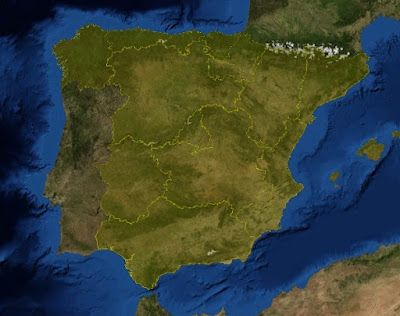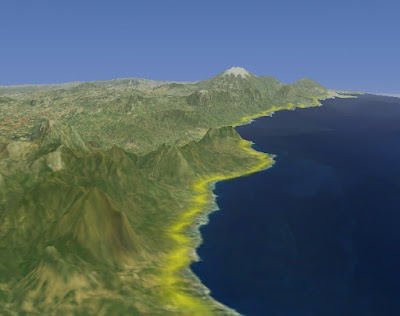Spending some of my vacation days on the Balloon project, finally I almost finished the base platform, composed by three main modules:

- Core module: Responsibles for the 3D rendering process and interaction with the elements. Here I put some of my own extension to WWJ that helps to improve the layer management, add new object (like AnnotatedIcons), ...
- Use interface module: Contains the basic GUI for the Balloon with:
- Layer manager: allows to handle elements as a layer stack, moving elements up/down, creating group of elements, ...
- Property window: each element has its own properties that are shown and modified through the properties window.
- A set of basic wizards to import: images (local or remote), WMS layers, icons and annotations.
- Support module: Contains some third party libraries needed by the GUI (like SwingX).

This part needs some improvements but it current state is
very decent.
On the other side, I have started to develop the first plugin for the base platform. This pluggin integrates some
geonames capabilities into the Balloon, it allows to search toponyms and put into the globe as annotation.

Once installed the plugin, a new wizard is present in the "pluggins" tab. It allows to search any toponym with the given text (with some filter options).

If the geoname webservices returns any found data, then we can select which one to put in the globe as annotation:

and finally we get his:














